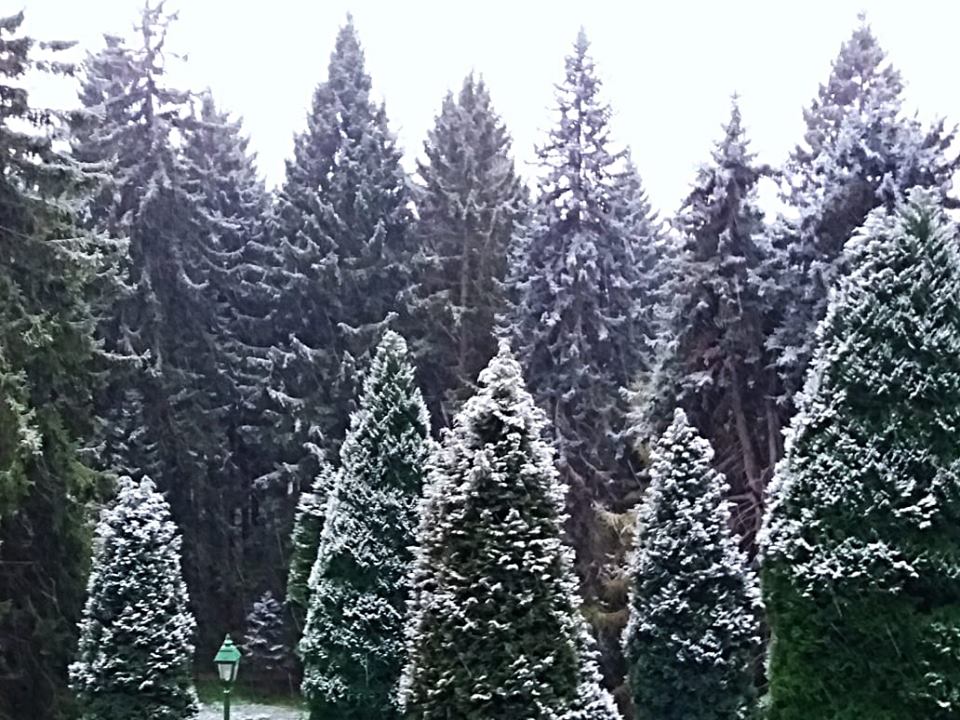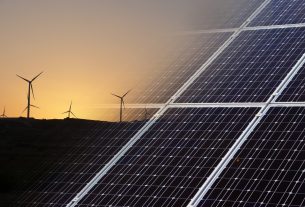Due to climate change, the chance of December-January snowfall in the northern regions of Hungary may decrease by up to twenty percent compared to the current weather trends by the end of the century. Among other things, this was established by Mašálfofok based on the average of three types of model calculations published by the Copernicus program of the European Union. As described in the article, by the end of the century in Southern Transdanubia and the Southern Great Plains, in the last month of the year and the first month of the following year, no more than 5 percent of the total precipitation will be snow, which means that the chance of a white Christmas in these regions will be extremely small – writes telex.hu.
The analysis also points out that the shortening of the snowy periods affects the average agricultural yield, has a significant impact on the development of flood periods, and the reduction of light surfaces that reflect most of the solar radiation further increases global warming.
The authors of the compilation recalled that, according to a previous university thesis, between 1901 and 2010, snow fell the most in Hungary, a total of 28 times, in Szombathely on the evening of December 24, and the least in Szeged, where the locals could enjoy a white Christmas only eight times during this period. According to a non-representative survey carried out in 2018, the festive mood of 88 percent of Hungarians is positively affected when it snows during these days, and even more people follow the weather forecasts.
On the Copernicus page, we can view three types of climate models for the period from 2010 to 2095. The optimistic, medium, and pessimistic scenarios, which do not count on significant emission reductions, assume an average temperature increase of below 2 degrees Celsius, above 3 degrees Celsius, and above this by 2100.
All three calculations have in common that a 70 or even 84 percent chance of snowfall is predicted for the 2030s in the December-January period in the northern part of Scandinavia, but at the same time, in the case of the pessimistic scenario, there will be no higher than 60 percent chance of snowfall in any region by the end of the century. In Central Europe, according to the optimistic model, by the end of the century, depending on the region, the rate of snowfall will be 20-30 percent, while at the end of the year, in the pessimistic scenario, only around 5-15 percent are included.
In the southern European region, the chance of snowfall does not even exceed 5 percent at the beginning of the examined period, and in the coming decades, the people living here can say goodbye to white Christmases completely, because all of the winter precipitation will fall in the form of rain.


















